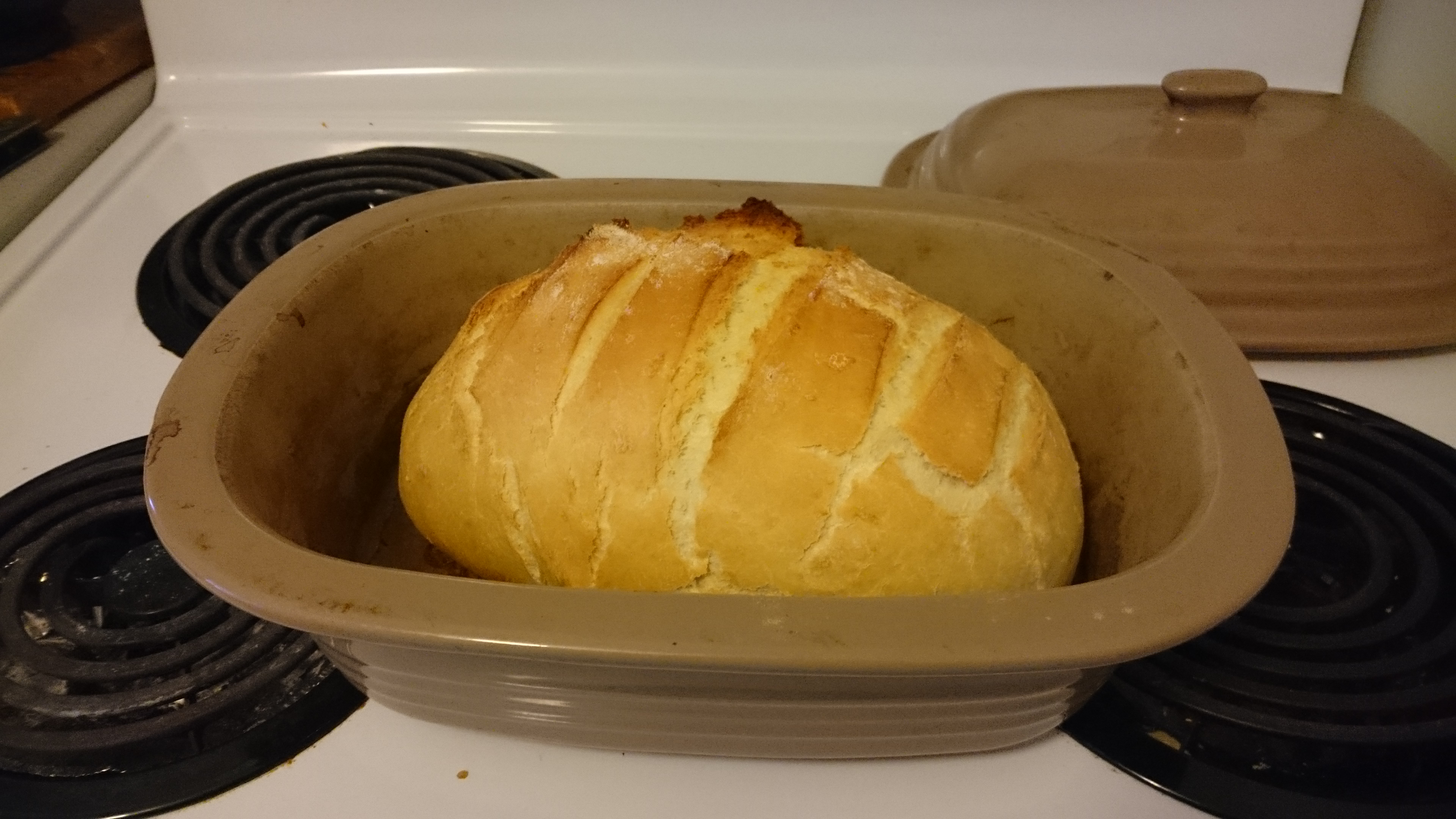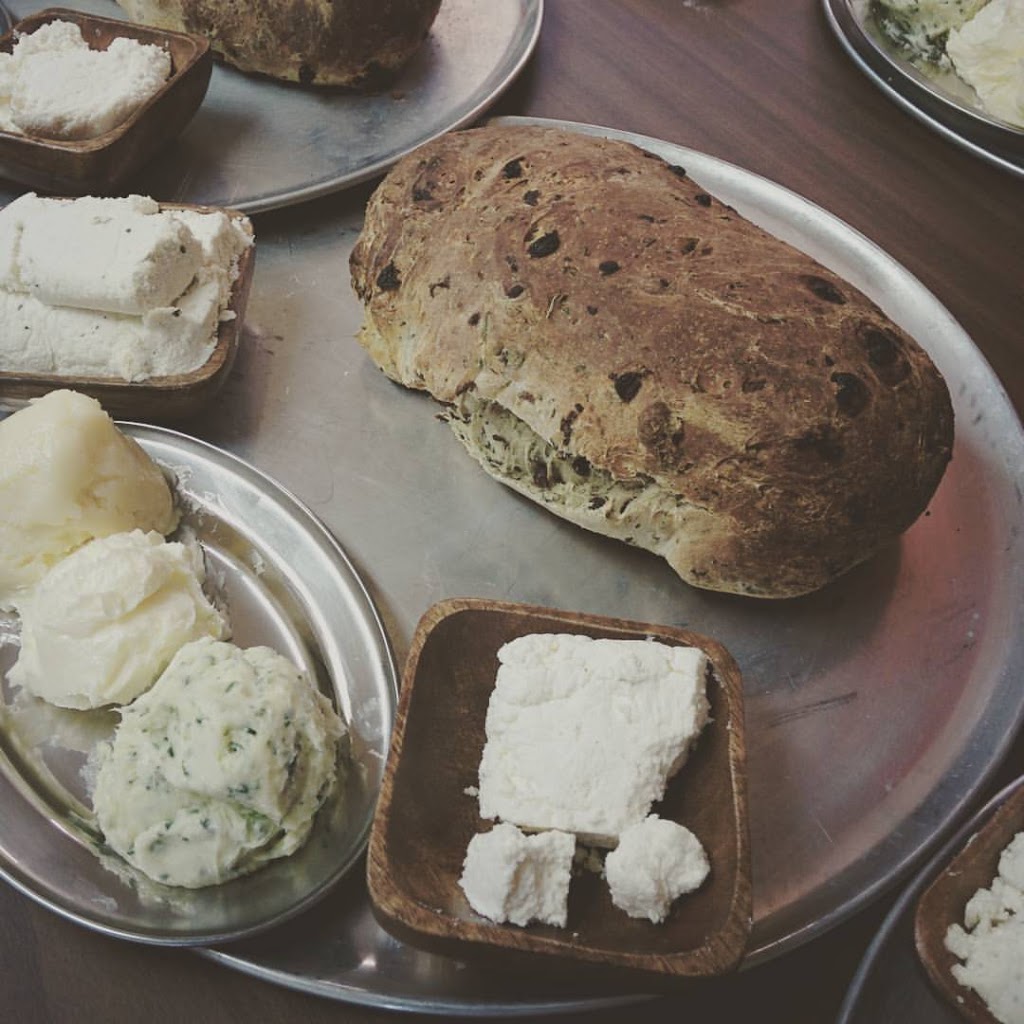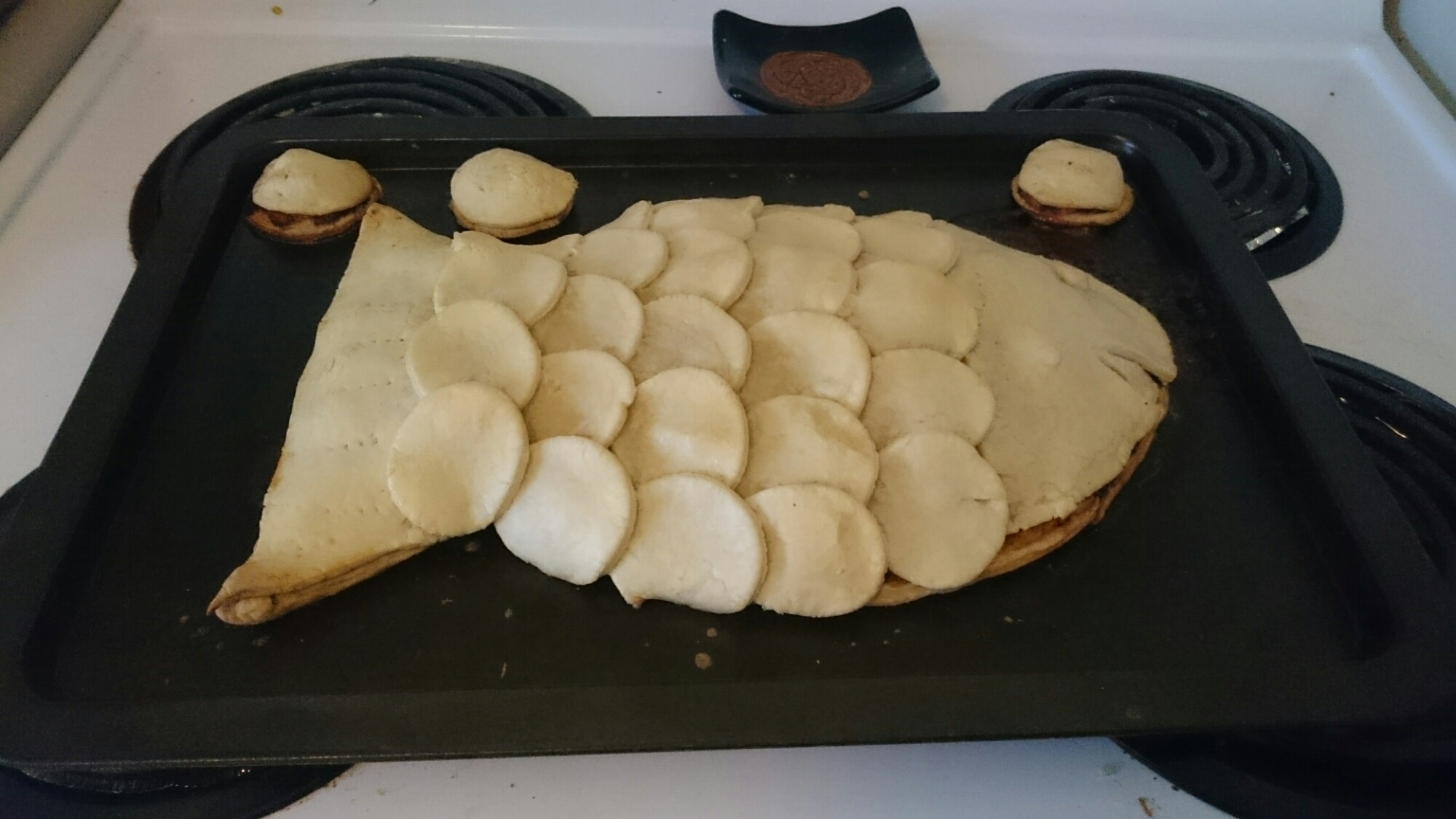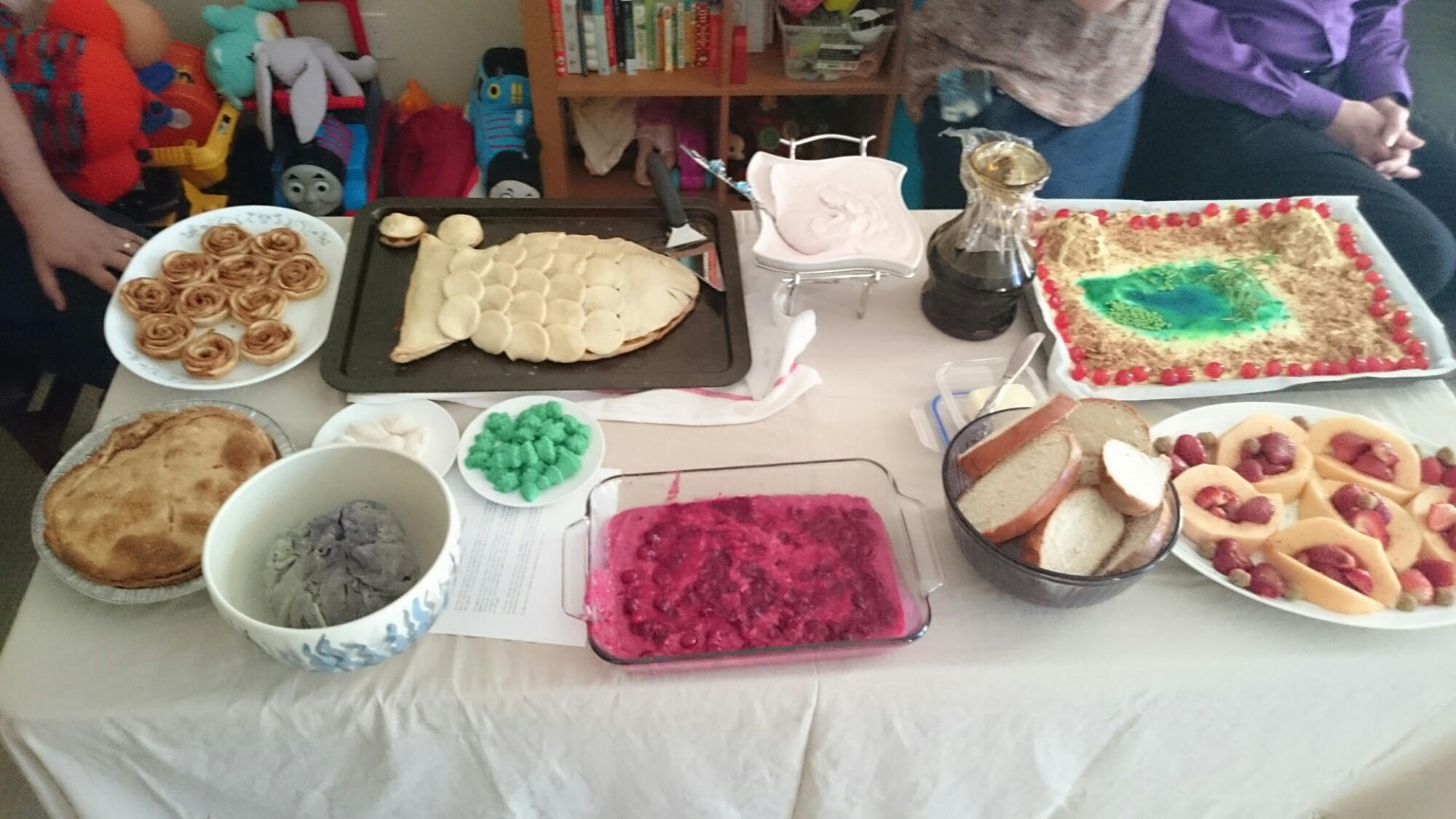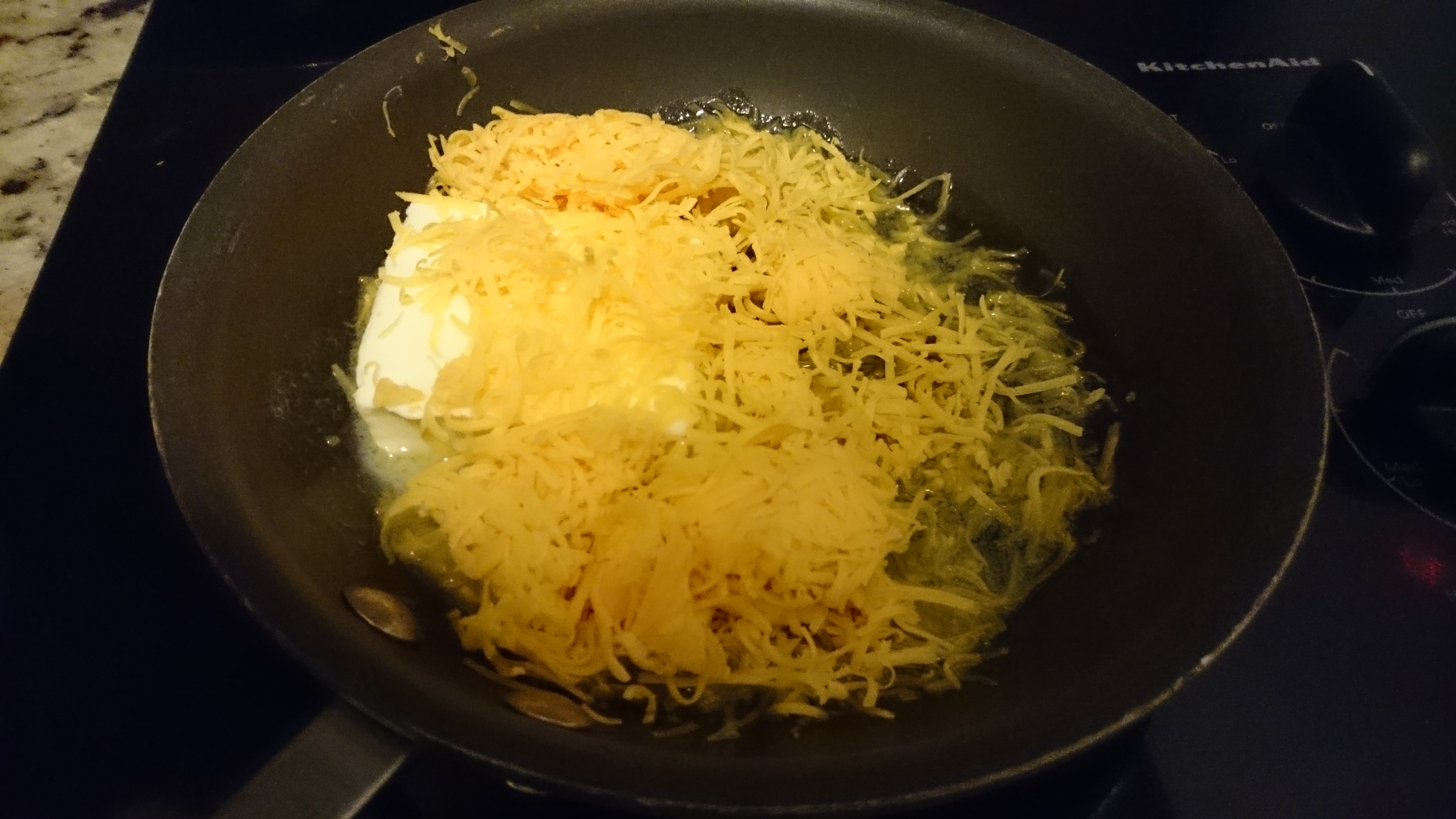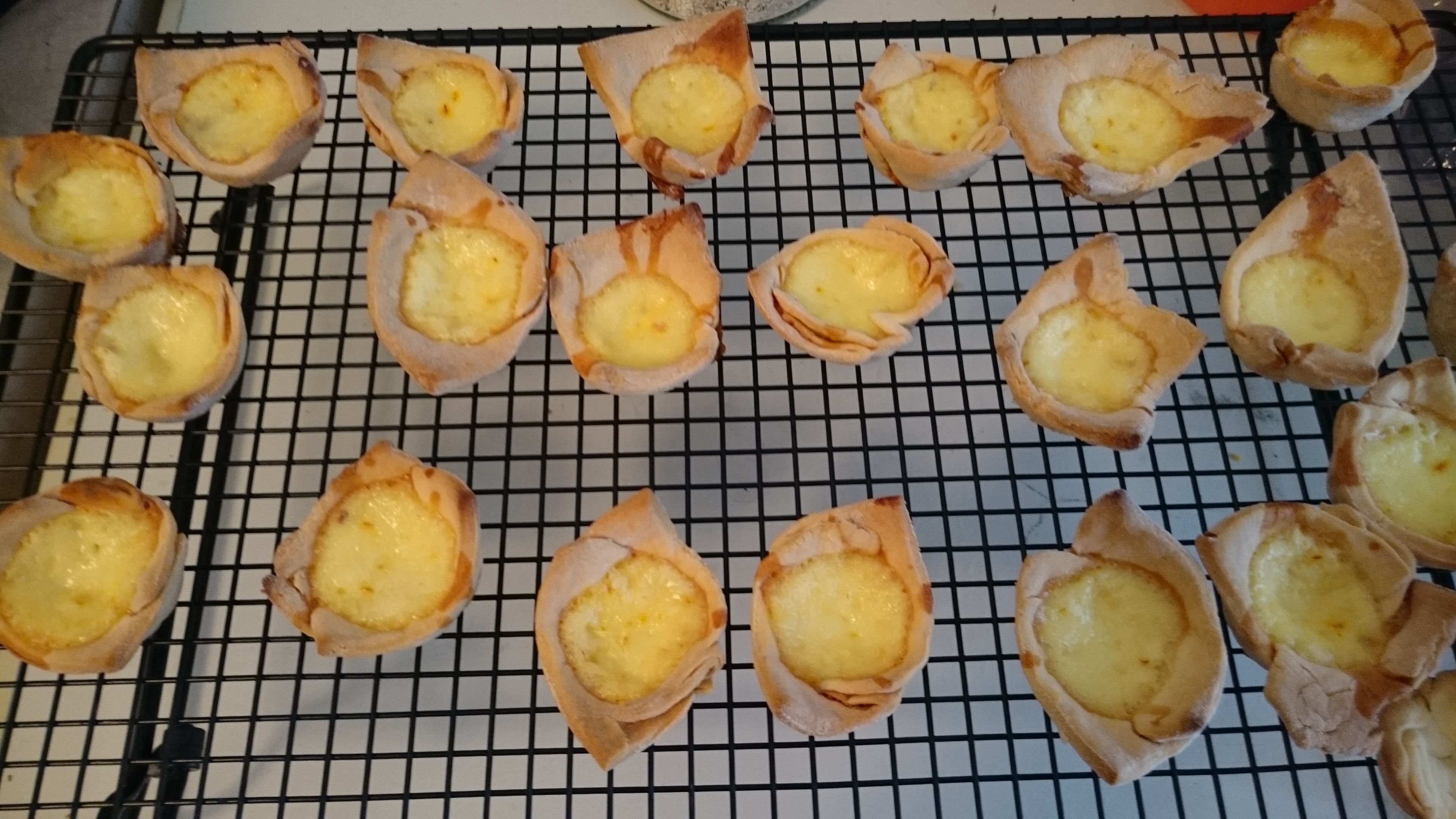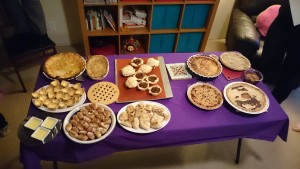A&S
Medieval Bread for Everyone
It’s been a while since I did a medieval bread post (*cough*five years*cough*) so I thought it was time to bring it up again. I wanted this to be a post and recipe for everyone to be able to make medieval style bread.
I’ve been making sourdough a lot the last few months (thank you Lady Audrey) which has given me a better appreciation for the art and act of levening. This made me want to return to my old bread recipe. So for the first one were starting from my reassessment of medieval bread. Searching more info I found Steamy Kitchen which seems a super similar one.
